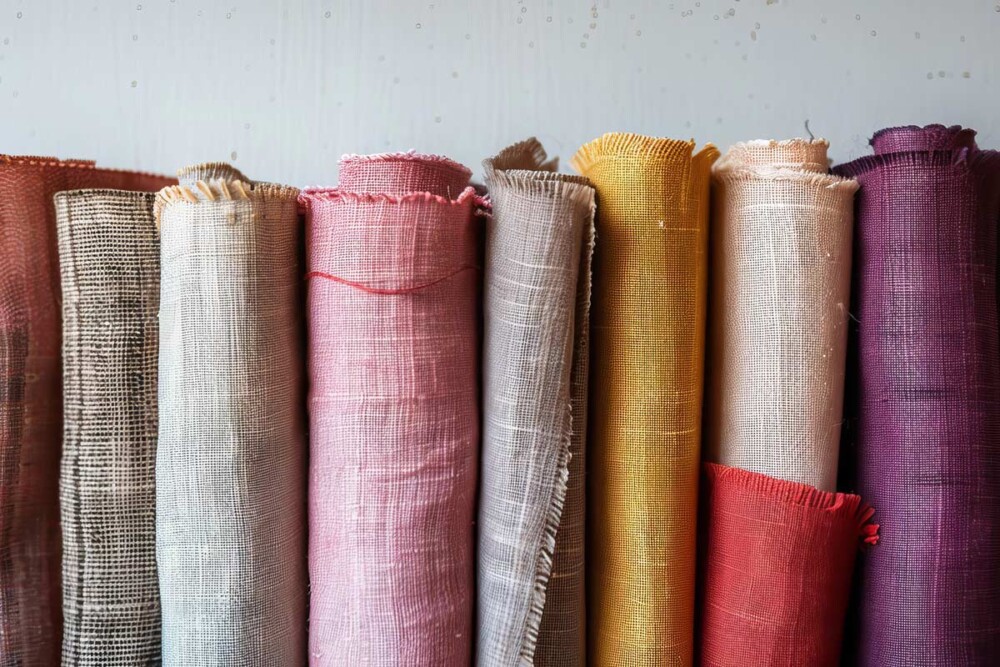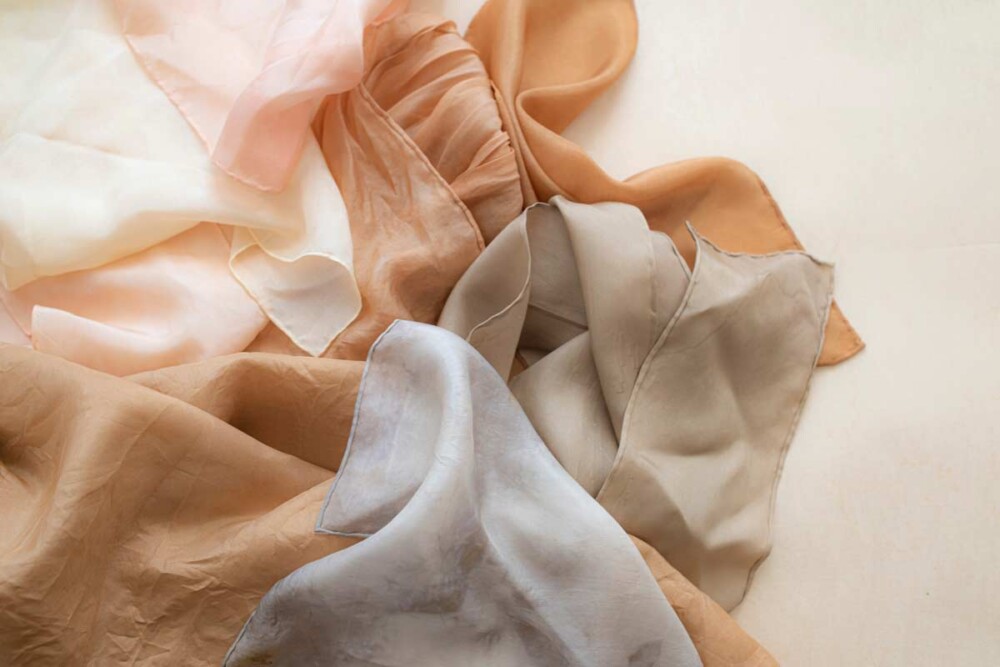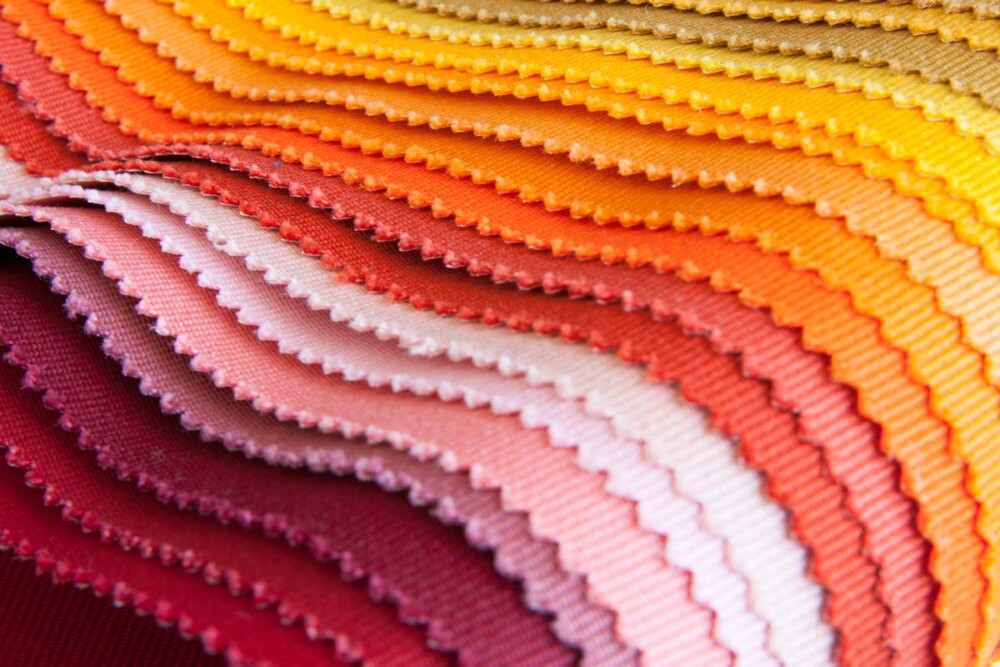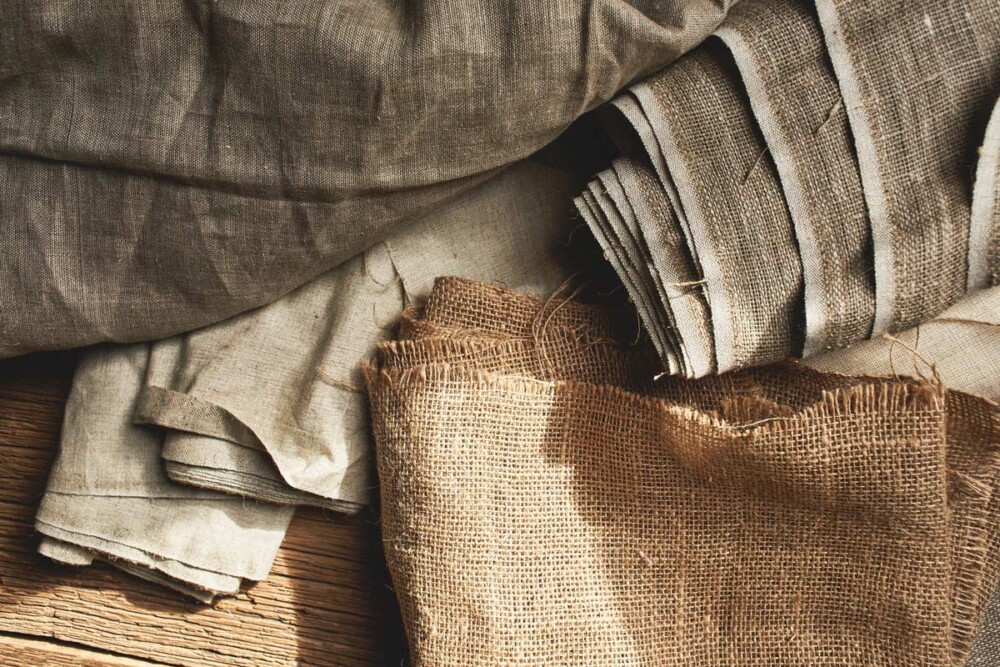Calculating the weight of fabrics is a fundamental skill for those working in the textile industry, for manufacturers of clothing and furniture. The weight of the fabric not only determines the type of application, but is also an indicator of the quality and strength of the material. Manifattura Foderami Cimmino explains in detail how to calculate the weight of fabrics with precise formulas, practical examples and useful tips.

Calculate the weight of tissues
The weight of fabrics is mainly measured in grams per square metre (GSM) or linear metre. Understanding this measurement is essential to determine the thickness and end use of the material, both for clothing and furniture.
How to measure the weight of tissues
Tissue weight is measured using specific instruments such as digital scales and calculators. The most common measurement is in grams per square metre (GSM), a universal unit of measure in the textile sector.

Fabric weight: grams per square meter (GSM)
GSM is the number of grams of a fabric distributed over one square metre. For example, lightweight fabrics ranging from 50 to 150 GSM are ideal for shirts, light underwear and accessories such as foulards. The medium fabrics, on the other hand, have a weight between 150 and 300 GSM and are suitable for making trousers, skirts and sheets. Finally, heavy fabrics exceed 300 GSM and are used for winter garments such as jackets and coats, as well as for curtains and upholstery materials.
The GSM measurement is crucial to identify the use of the fabric. A lightweight fabric is breathable and suitable for warm climates, while a heavier one provides more resistance and insulation.

Difference between light and heavy fabrics
The main difference between light and heavy fabrics lies in their density and thickness:
- Lightweight fabrics: Thinner, breathable and delicate. Perfect for summer clothing and light underwear.
- Heavy fabrics: Denser, more resistant and suitable for cold climates, furniture or technical uses.
Formula for calculating tissue weight
To calculate the weight of a fabric, use the following formula:
Fabric weight (GSM) = (Sample weight in grams/ Sample area in square meters)
Example:
- Cut a sample of fabric measuring 10 cm x 10 cm (0.01 m 2).
- Weigh the sample with a digital scale. Suppose it weighs 2 grams.
- Applicare la formula: o GSM = 2 g / 0,01 m2 = 200 GSM
The weight of the fabric is therefore 200 grams per square meter.

Calculation of tissue weight per linear metre
When measuring weight per linear meter, it is important to consider the width of the fabric. The formula becomes:
Weight per linear metre = GSM x width of the fabric (in metres)
Example:
- Fabric weight: 200 GSM
- Width: 1.5 m
- Weight per linear metre = 200 x 1.5 = 300 g/m

How to understand the weight of the tissue
To understand the weight of the fabric, it is essential to make an accurate measurement with a precision scale and follow the GSM formula. In addition, consulting the supplier’s technical specifications helps to confirm actual weight.
Relationship between tissue weight and quality
The weight of the fabric is often related to its quality. Heavier fabrics tend to be more durable and durable, but this does not mean that light fabrics are of low quality. The choice depends on the final application and customer requirements.
Practical examples for measuring tissue weight
- Clothing: A summer shirt requires a fabric between 80-150 GSM, while a coat needs at least 350 GSM.
- Furniture: For light curtains, we recommend a weight between 100-200 GSM, while a fabric for upholstery requires more than 400 GSM.

How to choose the weight of fabric for clothing and furniture
The choice of fabric weight depends on the type of application:
- Clothing: Light fabrics for summer garments, medium fabrics for shirts and trousers, heavy fabrics for jackets and coats.
- Furniture: Light fabrics for decorative curtains, medium for bedspreads and heavy for sofas and upholstery.
Difference between light, medium and heavy fabrics: applications and advice
When it comes to textiles, their classification into light, medium and heavy helps determine the most appropriate use based on the characteristics of the material. Lightweight fabrics are perfect for applications where breathability and softness are essential, such as in summer clothing and light underwear. Medium fabrics are a versatile choice, suitable for both casual wear and furnishing elements such as sheets and semi-transparent curtains. Finally, heavy fabrics are distinguished by their strength and insulating capacity, ideal for winter clothing, upholstery and industrial uses.

Tissue weight measurement tools: scales and calculators
To measure tissue weight accurately, you need:
- Digital scales: Essential tool for weighing small tissue samples.
- GSM Calculators: Online tools or software that help you quickly calculate the weight of your tissue by entering the weight and size of your sample.
- Standardized samples: To obtain accurate measurements, it is important to cut samples of precise size (e.g. 10 cm x 10 cm).
Calculating tissue weight is not just a technical issue, but an essential skill in selecting materials for different applications. Whether it is clothing, furniture or industrial applications, knowing GSM allows you to make informed choices and optimize the quality of products.



